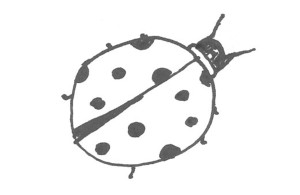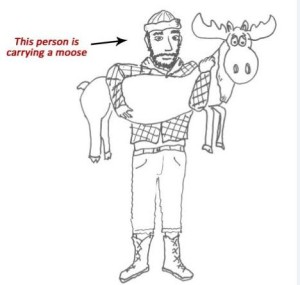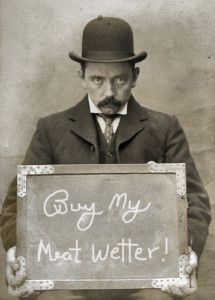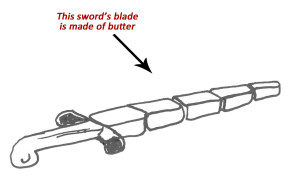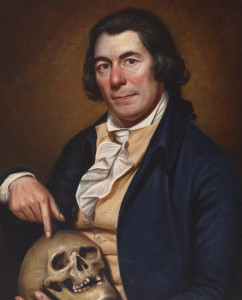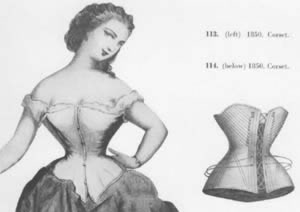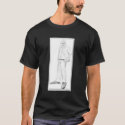By Stan Bargmeyer, intern and Coma historian
“Scrappy” O’Hollerhan, a mixed breed Yorkshire terrier and yellow lab, wasn’t much to look at, but boy could he fly.
The mutt was credited with first co-piloting and later soloing a range of aircraft during the early years of aviation in Coma, which became known as the golden era of pet pilots.
Other pioneering pilots that tested an array of experimental planes at various Coma-area airfields in the early 20th century included Trigger, a one-eyed German Sheppard; Frick and Frack, a brother and sister chihuahua team; and Baron von Stinky , a spiny-tail iguana.
The lore passed down among local mailmen and cat breeders tell of terror-filled days avoiding feigned dive-bombing raids.
But they also were happy days that filled the hearts of Coma aviation enthusiasts with pride.
The sacrifices of Coma pet test pilots demonstrated conclusively that rubber band-power flight was not a dependable technology. But such lessons came at a steep price.
By the time federal regulations all but banned flight by domesticated pilots, few of the pilots were left.
The final pet pilot, Scrappy, was last seen flying after a flock of migrating geese and barking like a madman.
His old flight instructor, Ryan Magee, wrote in his autobiography that on clear autumn days he could swear he still heard Scrappy buzzing his house.


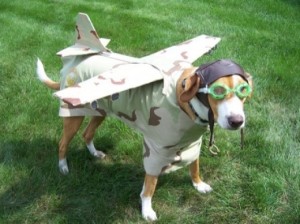
 Follow
Follow
 comments feed
comments feed